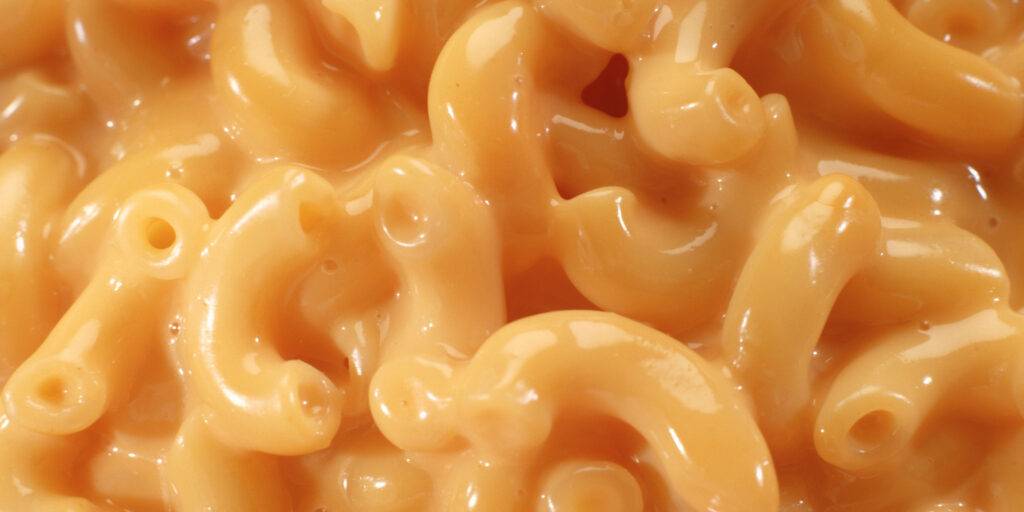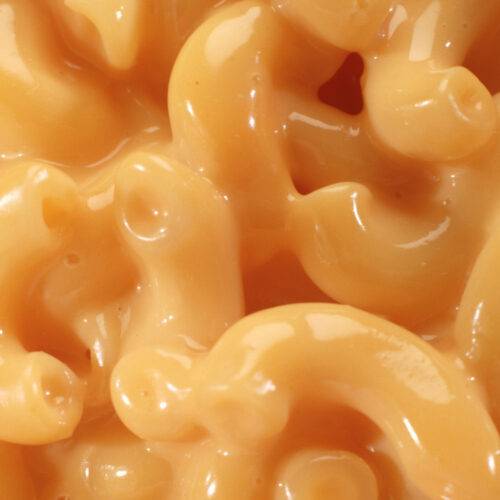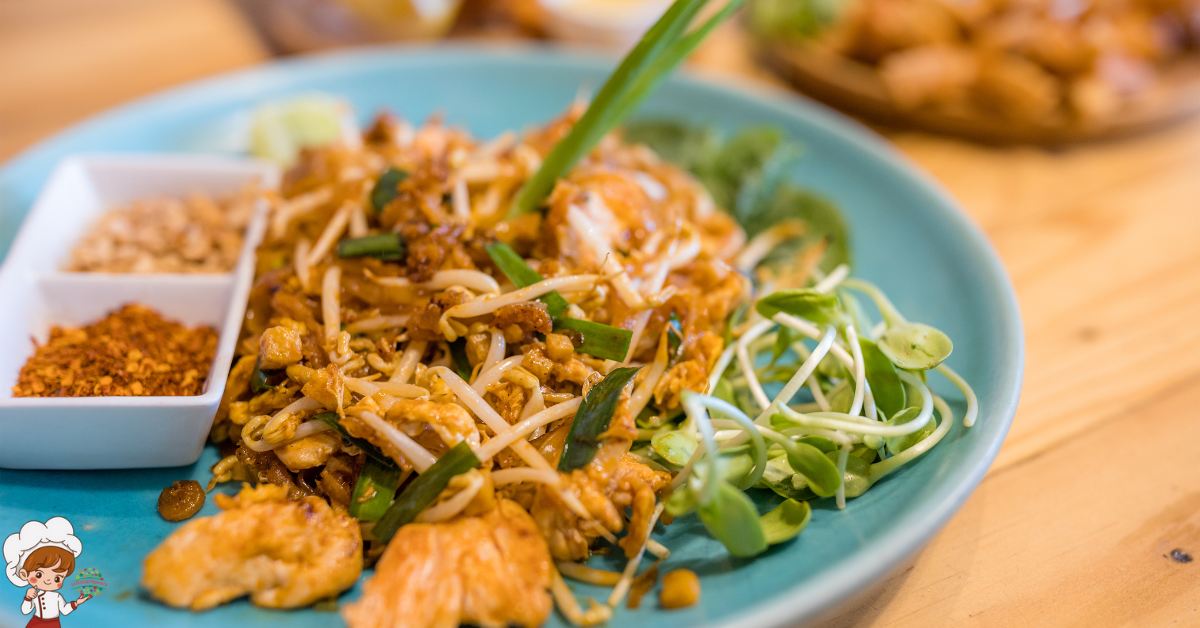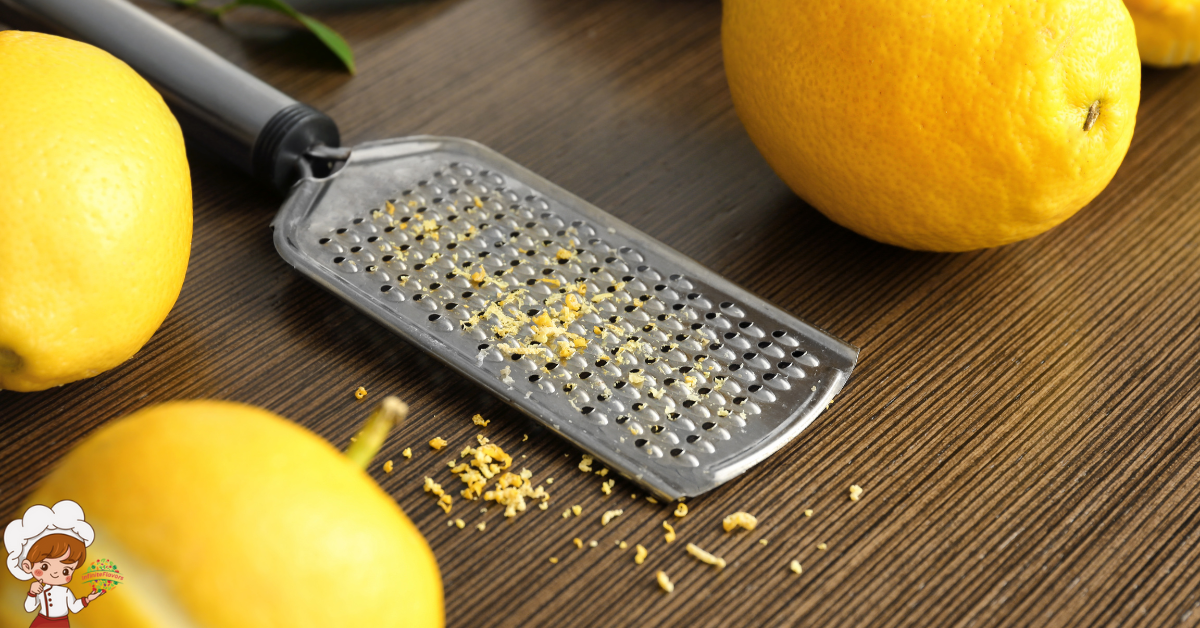Creamy Mac and Cheese: The Best Timeless Comfort Food

Creamy Mac and Cheese, with its creamy, cheesy goodness and comforting embrace, is more than just a dish; it’s a taste of nostalgia, a culinary masterpiece, and a testament to the enduring appeal of comfort food. But have you ever wondered where this beloved combination of pasta and cheese sauce originated, and how it became an iconic comfort food cherished by people of all ages? In this blog post, we’ll take a journey back in time to explore the history and origins of Mac and Cheese, tracing its path from ancient pasta dishes to the creamy, dreamy staple we know today.
Ancient Pasta Beginnings: The Roots of Mac andCheese Macaroni
The roots of Mac and Cheese can be traced back to ancient pasta dishes that existed long before it gained a place in the hearts of Americans. Pasta itself has been a staple in the diets of various civilizations for centuries. The word “macaroni” is believed to have originated from the Greek word “makaria,” which means “food made from barley.”
Italy: Birthplace of Macaroni
The true ancestor of Mac and Cheese is pasta, and Italy, a country renowned for its pasta traditions, played a significant role in its evolution. Macaroni, a type of pasta made from durum wheat, has been crafted by Italian pasta artisans for generations. In fact, the first recorded recipe for a dish resembling Mac and Cheese can be found in an Italian cookbook from the 13th century. It featured pasta, grated cheese, and the tantalizing addition of spices.
Mac and Cheese Crosses the Atlantic
The evolution of Mac and Cheese from Italian pasta to the classic American comfort food is a tale of migration and adaptation. It made its way to the United States through the culinary contributions of European immigrants, particularly the English, who brought their love for creamy sauces and cheese with them.
Creamy Mac and Cheese and Thomas Jefferson: A Presidential Influence:
One of the most iconic figures associated with the early popularity of Mac and Cheese in the United States is none other than President Thomas Jefferson. After visiting France, where he encountered a dish similar to Mac and Cheese, he returned to the U.S. with both a pasta machine and a love for pasta. He is said to have served “macaroni pie” at a state dinner in 1802. This early American version of Mac and Cheese combined macaroni with butter and cheese, baked to gooey perfection.

Classic Mac and Cheese Recipe
Equipment
- 1 large sauce pan
- 1 casserole dish
Ingredients
- 2 cups elbow macaroni or your favorite pasta shape
- 4 cups sharp cheddar cheese shredded
- 1 cup mozzarellacheese, shredded
- 1/4 cup Parmesan cheese
- 1/2 cup unsalted butter
- 1/2 cup cup all-purpose flour
- 4 cups milk
- 1/2 teaspoon black pepper
- 1/2 teaspoon paprika (optional, for added flavor)
- 1/4 teaspoon cayenne pepper (optional, for a bit of heat)
- 1 cup bread crumbs (for topping)
- 2 tablespoons butter (for topping)
- 3 tablespoons parsley Chopped parsley
Instructions
Instructions:
- Cook the Pasta: In a large pot, bring salted water to a boil. Add the pasta and cook according to the package instructions until al dente. Drain and set aside.
- Prepare the Cheese Sauce: In a separate saucepan, melt the 1/2 cup of butter over medium heat. Add the flour and whisk continuously for about 2-3 minutes to make a roux, which will thicken the sauce. Slowly pour in the milk while whisking to avoid lumps. Continue to cook, stirring constantly, until the mixture thickens, about 5-7 minutes.
- Add the Cheeses: Reduce the heat to low and add the cheddar, mozzarella, and Parmesan cheeses to the sauce. Stir until the cheese is fully melted and the sauce is smooth and creamy. Season the sauce with salt, black pepper, paprika, and cayenne pepper (if using). Mix well.
- Combine Pasta and Cheese Sauce: Add the cooked pasta to the cheese sauce and stir to coat the pasta evenly with the creamy mixture.
- Prepare the Topping: In a small skillet, melt 2 tablespoons of butter over medium heat. Add the breadcrumbs and sauté for a few minutes until they turn golden brown.
- Bake the Mac and Cheese: Preheat your oven to 350°F (175°C). Transfer the mac and cheese mixture to a greased baking dish. Sprinkle the toasted breadcrumbs evenly over the top.
- Baking: Place the baking dish in the preheated oven and bake for about 20-25 minutes, or until the top is golden brown and the mac and cheese is bubbling around the edges.
- Garnish and Serve: If desired, garnish with chopped fresh parsley for a pop of color and added flavor. Serve the classic Mac and Cheese hot and enjoy!
Tips and Variations
- Experiment with different cheese combinations for a unique flavor. Gruyère, fontina, or Monterey Jack can be great additions or substitutions.
- Customize your Mac and Cheese with add-ins like crispy bacon, sautéed onions, or diced tomatoes for extra flavor.
- Don't overcook the pasta initially; it will continue to cook in the oven while baking.
Industrialization and Mass Production:
As the 19th century progressed, the industrialization of food production brought convenience to the masses. It was during this time that boxed Mac and Cheese, the forerunner of the iconic Kraft Macaroni & Cheese, was introduced. This revolutionary invention made Mac and Cheese easily accessible to households across the nation.
Conclusion:
Mac and Cheese is more than just a dish; it’s a journey through time, a reflection of cultural exchanges, and a testament to the enduring allure of comfort food. Its history is a tapestry woven from threads of centuries-old pasta traditions, culinary migrations, and the universal love for a taste of nostalgia.
In each creamy, cheesy bite, you’re savoring the legacy of countless hands that have crafted and cherished pasta in its various forms over generations. The very word “macaroni” is a bridge between ancient grains and modern kitchens, reminding us that the roots of comfort food run deep.
The journey of Mac and Cheese from the Italian pasta dishes of yore to the classic American staple we know today is a testament to human adaptation and creativity. It embodies the spirit of exploration, discovery, and the fusion of culinary traditions. The story of Mac and Cheese is not just about ingredients, but the people who carried this dish across oceans, preserved its essence, and made it a part of their cultural tapestry.
The influence of figures like Thomas Jefferson and the advent of mass production brought Mac and Cheese to the tables of countless homes, making it not just a dish of the elite but a comfort food for the masses. It’s a reminder that comfort food transcends socioeconomic boundaries and can unite people from all walks of life.
Whether you savor classic Mac and Cheese, an artisanal creation with unique cheeses and ingredients, or a vegan alternative that respects dietary preferences, the essence of Mac and Cheese remains unaltered. It’s a beloved comfort food, a warm embrace in every mouthful, and a testament to the beauty of simplicity in the culinary world.
Mac and Cheese is a timeless classic that not only bridges generations but transcends borders and culinary boundaries. It’s a dish that provides solace on a rainy day, brings families together at the dinner table, and reminds us that in a world of ever-evolving gastronomy, the combination of pasta and cheese remains a timeless comfort that touches our hearts and palates. In the warm, cheesy arms of Mac and Cheese, we find a culinary sanctuary where simplicity, tradition, and innovation coexist harmoniously.








